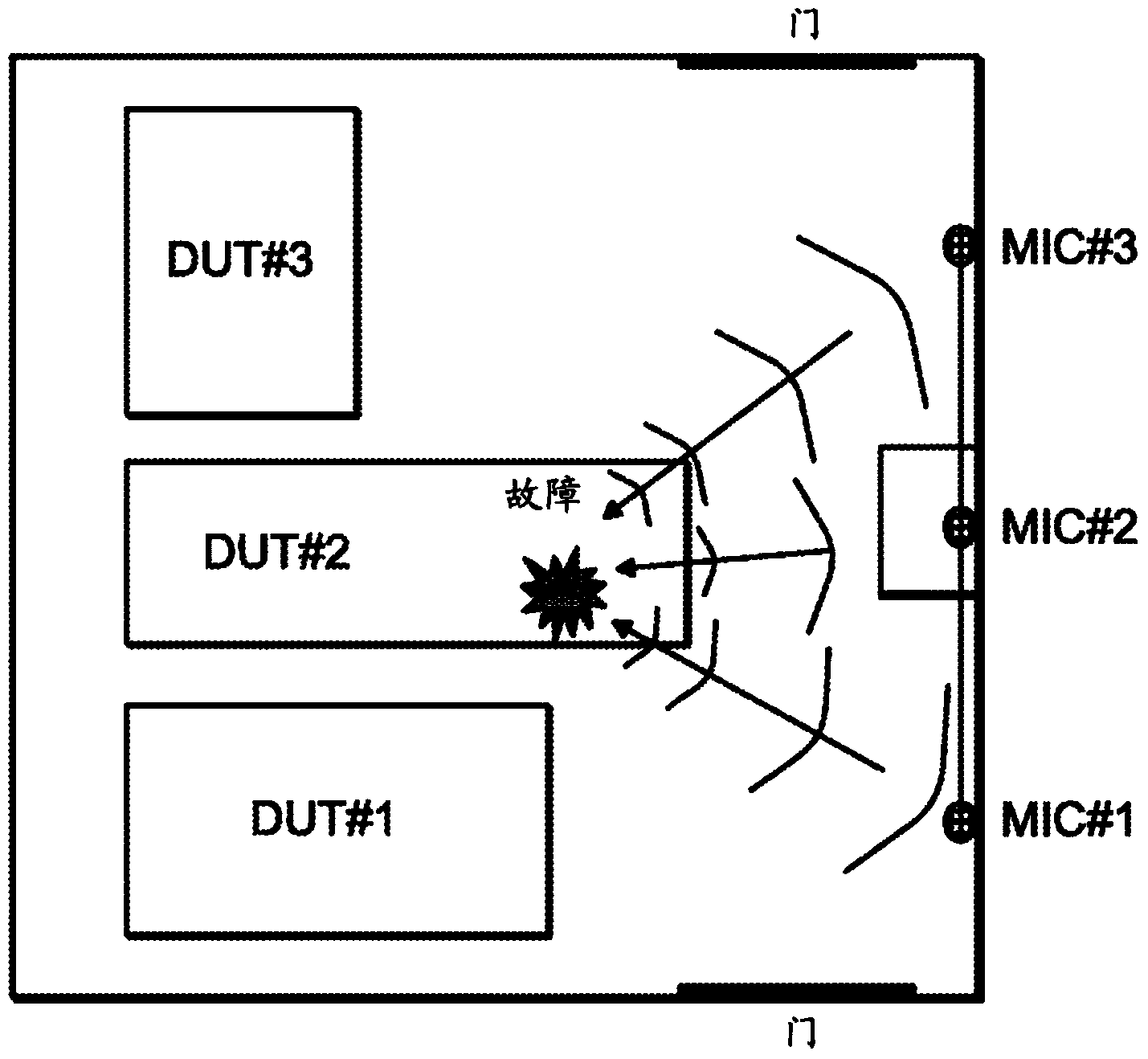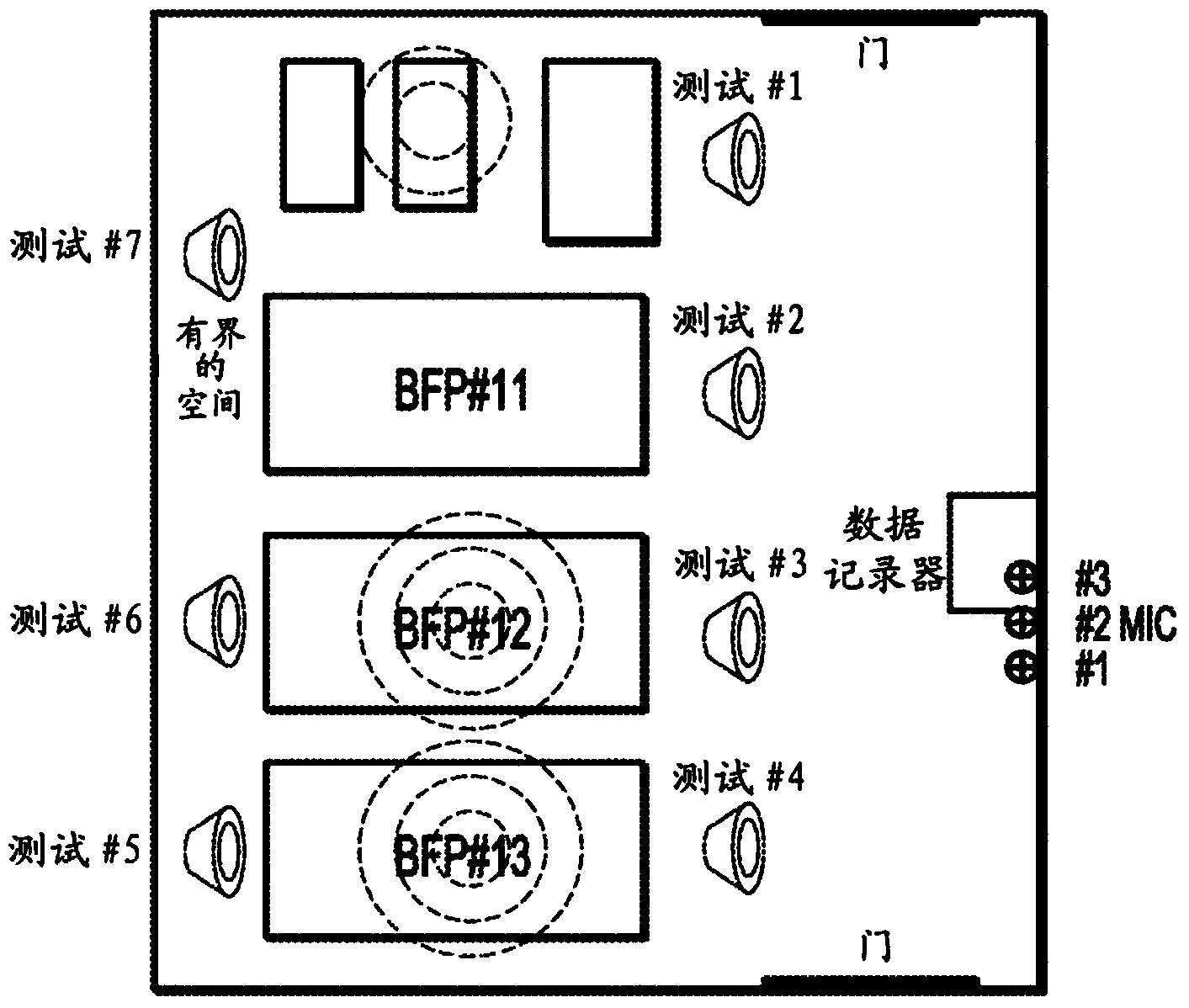Systems and methods for blind localization of correlated sources
A signal correlation and coefficient technology, applied in directional multi-channel systems, directional multi-channel systems using radio waves, direction finders using radio waves, etc., can solve problems such as violations and algorithm failures
- Summary
- Abstract
- Description
- Claims
- Application Information
AI Technical Summary
Problems solved by technology
Method used
Image
Examples
Embodiment Construction
[0033] Herein, a Bayesian paradigm based direction of arrival (DOA) estimation method and system are provided for broadband sources. The method provided according to one aspect of the present invention uses a particle filter to approximate the posterior probability density function of DOA in the time-frequency domain. Unlike other methods, temporal averaging is not required, so the source of motion can be tracked. The method presented here employs novel low-complexity weighting and regularization schemes for fusing information from different frequencies, and for overcoming the overfitting problem when few sensors are available.
[0034] The direction of arrival (DOA) problem is an important problem in array signal processing and is closely related to the discipline of blind source separation (BSS). Both fields have produced rich research and a large number of methods, no doubt for many applications in as different aspects as radar, wireless communication or speech recognition...
PUM
 Login to View More
Login to View More Abstract
Description
Claims
Application Information
 Login to View More
Login to View More - R&D
- Intellectual Property
- Life Sciences
- Materials
- Tech Scout
- Unparalleled Data Quality
- Higher Quality Content
- 60% Fewer Hallucinations
Browse by: Latest US Patents, China's latest patents, Technical Efficacy Thesaurus, Application Domain, Technology Topic, Popular Technical Reports.
© 2025 PatSnap. All rights reserved.Legal|Privacy policy|Modern Slavery Act Transparency Statement|Sitemap|About US| Contact US: help@patsnap.com



